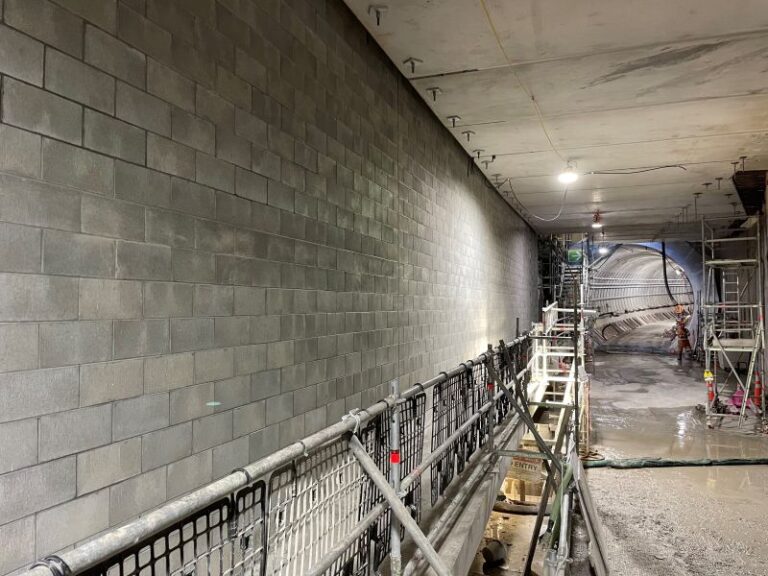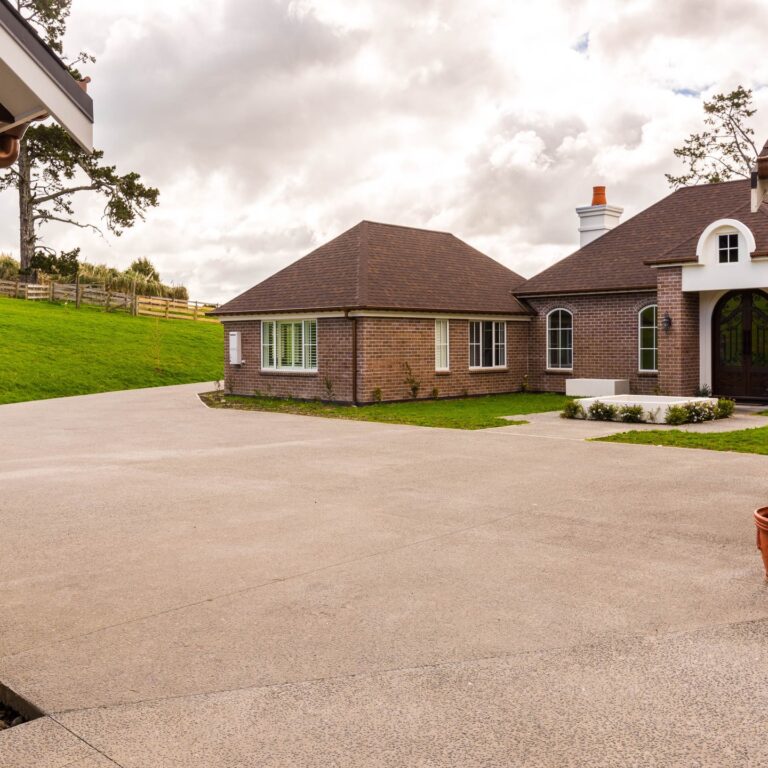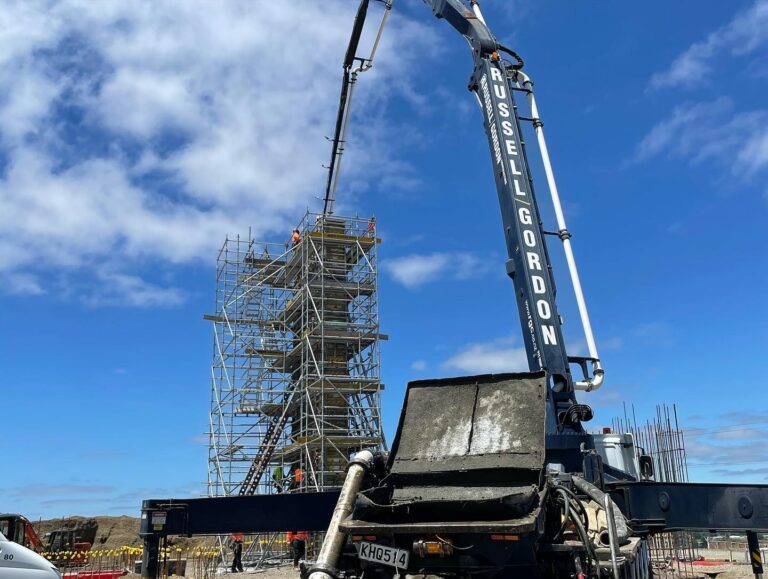When planning a home renovation, it is the visible changes—a new kitchen layout, a bright loft conversion, or a sleek bathroom—that capture the imagination. Yet, behind these transformations lies a series of technical processes that make them possible. One of the most fundamental of these is concrete drilling, a specialist skill required to create precise openings for the services and fixtures that are essential to a modern home.
For many homeowners, drilling into concrete might sound like a simple task, but professional concrete drilling is a far cry from taking a standard DIY drill to a garage wall. It is a precise engineering process that demands specialist equipment, in-depth knowledge, and a steadfast commitment to safety. This guide will explore the methods, applications, and the step-by-step process of residential concrete drilling, providing the information you need for your next project.
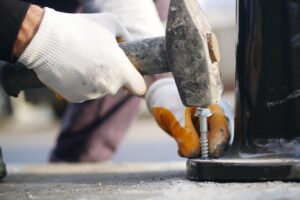
What Exactly is Concrete Drilling and When is it Needed?
Concrete drilling is the process of creating clean, perfectly circular holes in concrete, masonry, or stone structures. Unlike percussive methods that break concrete apart, modern drilling techniques are designed to grind material away with accuracy, preserving the integrity of the surrounding structure. This precision is vital in a residential setting where existing walls, floors, and foundations must not be compromised.
The applications for concrete drilling in a home are extensive and often crucial for renovations and upgrades. You will almost certainly require the service for:
-
Plumbing and Drainage: Creating passages through concrete floors and walls for water supply lines, waste pipes, and drainage systems.
-
Electrical Services: Running conduits for electrical wiring, data cables, and home security systems.
-
HVAC and Ventilation: Installing pipework for heating and air conditioning systems, or creating openings for extractor fans and dryer vents.
-
Anchoring and Fixings: Securely installing bolts to anchor structural elements, such as a deck ledger board to a foundation, or for mounting handrails, safety barriers, and gates.
-
Structural Analysis: Taking core samples from concrete to allow engineers to test its strength and composition.
Essentially, any time a service or fixture needs to pass through a solid concrete element, professional drilling is the solution.
Diamond Core Drilling: The Industry Standard
The primary method used by professionals for drilling accurate holes in concrete is diamond core drilling. This technology is highly effective and offers numerous advantages over older, more disruptive techniques.
A core drill consists of a hollow, cylindrical steel barrel with industrial-grade diamond segments attached to the cutting edge. This barrel is mounted onto a powerful rotating motor, which is itself fixed to a rigid stand or rig. The rig is securely anchored to the concrete surface being drilled.
The process involves the diamond-tipped barrel rotating at high speed, grinding the concrete into a fine powder. Because the barrel is hollow, it cuts a circular channel, leaving a solid cylinder of concrete—the “core”—in the centre. Once the desired depth is reached, the drill is removed, and the core is extracted, leaving a perfectly smooth and precise hole.
The benefits of this method are significant. The grinding action produces minimal vibration, which is critical for protecting the surrounding concrete from stress fractures and maintaining the building’s structural integrity. It is also considerably quieter than using a large hammer drill. Furthermore, diamond core drills can cut cleanly through not only concrete but also any embedded steel reinforcement bars (rebar), brickwork, and blockwork, making it a truly versatile solution.
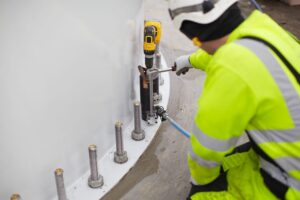
The Professional Drilling Process: From Plan to Perfect Hole
A professional concrete drilling operation is a carefully managed procedure designed to deliver accuracy and safety from start to finish. The process can be broken down into clear stages.
-
Step 1: Site Survey and Planning
Before any drilling commences, a thorough site assessment is conducted. A specialist will review the architectural or engineering plans to confirm the exact location, diameter, and depth of each required hole. A crucial part of this stage is using scanning equipment, like ground-penetrating radar (GPR), to map out what lies beneath the surface. This technology detects hidden utilities, pipes, and rebar, preventing dangerous and costly strikes. -
Step 2: Area Preparation and Rig Setup
The work area is prepared to ensure a clean and safe operation. The centre point for each hole is marked with precision. The drill rig is then brought in and securely anchored to the wall or floor using bolts. This firm anchoring is essential; it prevents any movement during operation, guaranteeing the hole is drilled at the correct angle and location. Protective sheeting is laid down to contain water spray and slurry. -
Step 3: The Wet Drilling Operation
The drilling begins. A continuous supply of water is fed to the core bit throughout the process. This water serves two vital functions. Firstly, it acts as a coolant, preventing the diamond segments from overheating and becoming damaged. Secondly, and most importantly from a health and safety perspective, it suppresses dust. The water turns the concrete dust into a slurry at the point of cutting, preventing harmful silica dust from becoming airborne. -
Step 4: Core Extraction and Site Clean-up
Once the hole has been drilled to the specified depth, the motor and barrel are withdrawn. The solid core of concrete is then broken off at its base and removed. The result is a clean, sharp-edged opening, ready for the next trade to install the required pipe or cable. The final step is to clean the work area, removing all equipment, slurry, and the concrete core for responsible disposal.
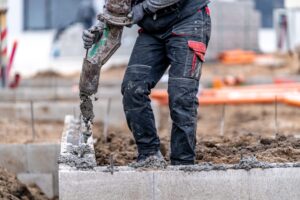
Managing Risks: Structural Integrity and Operator Safety
Attempting concrete drilling without the right equipment and knowledge presents serious risks. The most significant of these is exposure to respirable crystalline silica (RCS). This fine dust is generated when concrete is cut or drilled dry and can cause incurable lung diseases if inhaled. Professional wet drilling is the primary method for controlling this hazard, alongside the use of appropriate personal protective equipment (PPE), including high-grade respirators.
Beyond health concerns, there is the risk to the building itself. Drilling a hole in the wrong location—for example, too close to an edge or through a key structural support area—can weaken the concrete and compromise safety. A professional drilling company understands concrete structures and works from engineered plans to ensure every hole is placed correctly, without affecting the building’s integrity.

Summary
Concrete drilling is a highly specialised service that is fundamental to the success of countless residential construction and renovation projects. It enables the seamless integration of modern utilities and fixtures into even the most solid of structures. By prioritising precision, safety, and structural awareness, professional core drilling ensures that these essential modifications are made correctly. For any homeowner, engaging a reputable specialist for this work is a crucial investment in the quality and long-term safety of their property.
For an expert concrete appraisal in Auckland call Russell Gordon on 0800742100 or email enquiries@rgc.co.nz

